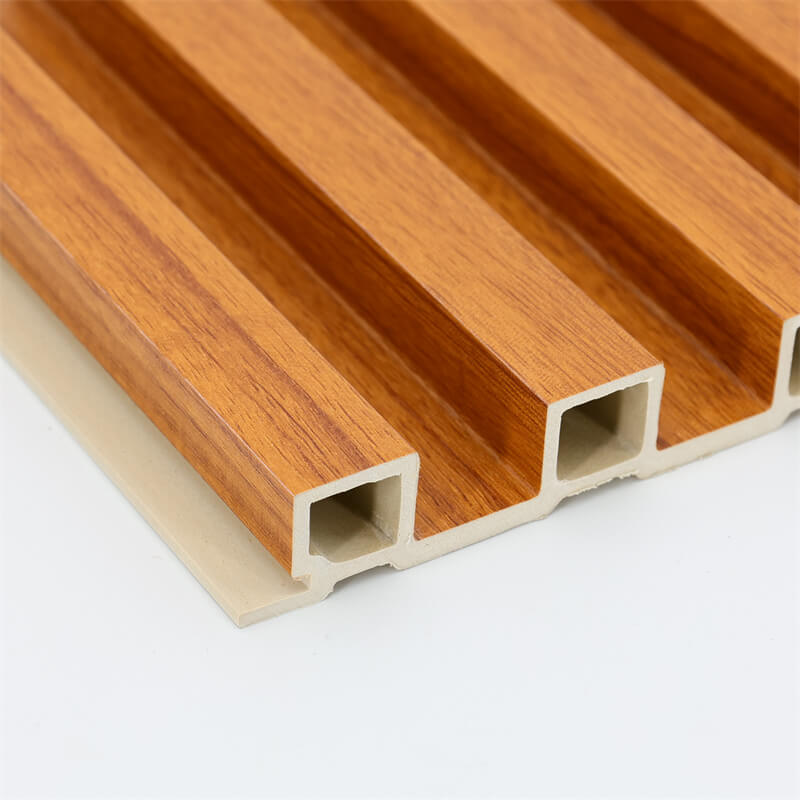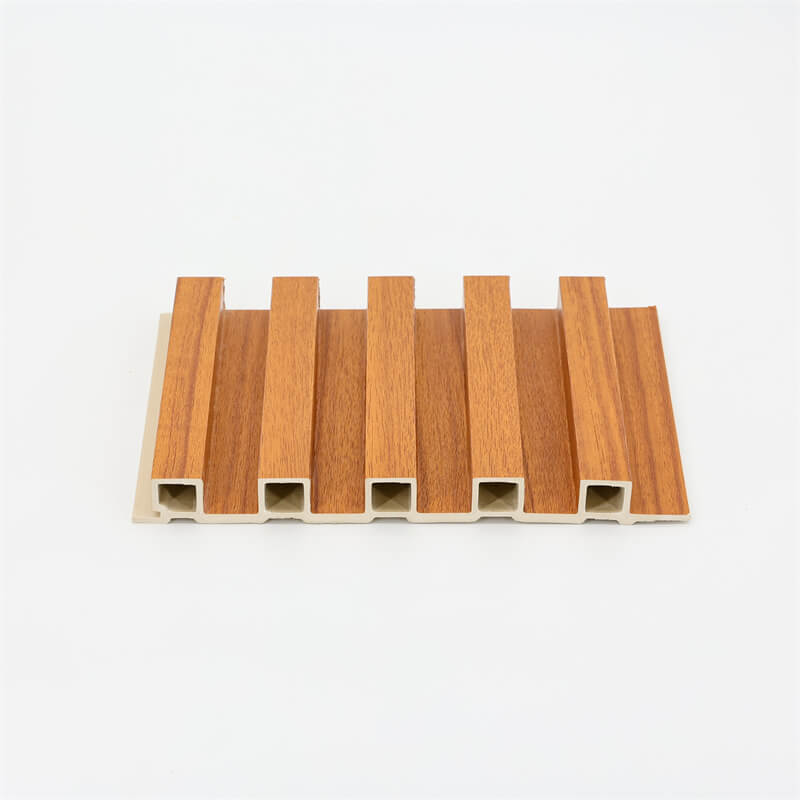
In recent years, the construction industry has witnessed a significant shift towards sustainable and innovative building materials.
One material that has gained immense popularity is WPC (Wood-Plastic Composite) panels.
WPC panels are engineered by combining wood fibers or sawdust with thermoplastics, creating a versatile and eco-friendly material.
This article delves into the advantages of WPC panels as the future of building materials.
From their manufacturing process to their cost-effectiveness and applications, we will explore why WPC panels are becoming a preferred choice for architects, builders, and homeowners alike.
The Eco-Friendly Manufacturing Process
WPC panels are an exemplary example of sustainable building materials, as they are produced using a manufacturing process that minimizes environmental impact.
The wood fibers used in WPC panels are often sourced from reclaimed or recycled wood, reducing the demand for virgin timber and mitigating deforestation.
Additionally, the thermoplastics utilized in the process are often derived from recycled plastics, diverting waste from landfills and promoting a circular economy.
Manufacturers of WPC panels adopt energy-efficient production methods to reduce carbon emissions.
The integration of renewable energy sources in the manufacturing process further enhances the eco-friendliness of WPC panels.
Suppliers who prioritize environmental responsibility often earn certifications such as FSC (Forest Stewardship Council) and ISO 14001, guaranteeing that the raw materials come from responsibly managed sources and the production adheres to strict environmental standards.

Advantages of WPC Panels in Construction
WPC panels offer remarkable durability, making them ideal for various construction applications.
The combination of wood fibers and thermoplastics provides enhanced resistance to moisture, rot, and insects, ensuring the panels maintain their integrity over time.
Unlike traditional wood, WPC panels do not splinter, crack, or warp, making them suitable for both indoor and outdoor use.
Whether used as wall cladding, decking, or fencing, WPC panels withstand harsh weather conditions and require minimal maintenance.
Architects and designers appreciate the versatility of WPC panels, as they can be manufactured in various shapes, sizes, and colors to suit diverse design requirements.
The panels can mimic the appearance of natural wood, stone, or other materials, offering a wide array of aesthetic choices for different architectural styles.
Moreover, the ability to customize WPC panels allows for the creation of unique and innovative designs, adding a touch of elegance to any construction project.
Cost-Effectiveness and Affordability
While the upfront cost of WPC panels might be marginally higher than that of some traditional materials, their long-term cost-effectiveness outweighs the initial investment.
The low maintenance requirements and extended lifespan of WPC panels result in reduced replacement and repair expenses.
Additionally, the minimal need for painting, staining, or sealing further contributes to cost savings, making WPC panels an economically viable choice in the long run.
The manufacturing process of WPC panels optimizes energy usage, reducing production costs and making them more affordable for consumers.
Moreover, the use of recycled materials in the manufacturing process helps reduce waste and lowers the overall production expenses.
As demand for WPC panels continues to rise, economies of scale come into play, leading to further price reductions, making them even more accessible to a broader market.

Applications and Future Prospects
WPC panels find application in a wide range of construction projects, both residential and commercial.
From interior paneling, flooring, and cabinetry to exterior cladding, decking, and landscaping, WPC panels offer versatile solutions for various architectural needs.
Their resistance to moisture and environmental elements makes them suitable for bathrooms, kitchens, and outdoor areas where traditional wood may not perform as effectively.
The future prospects of WPC panels are promising, as ongoing research and development in the field of composite materials contribute to their further improvement.
Manufacturers and researchers are exploring ways to enhance the structural properties, fire resistance, and recyclability of WPC panels.
Additionally, advancements in digital fabrication technologies are enabling the creation of complex geometries and patterns, expanding the design possibilities for WPC panels.
As sustainability and innovation become increasingly vital in the construction industry, WPC panels emerge as a frontrunner in the future of building materials.
Their eco-friendly manufacturing process, durability, versatility, and cost-effectiveness make them an attractive choice for architects, builders, and homeowners alike.
With ongoing advancements and continuous research, the prospects for WPC panels look promising, indicating a bright future for sustainable construction practices.
By embracing WPC panels, we can contribute to a greener and more efficient construction industry while enjoying the benefits of a reliable and aesthetically pleasing material.
